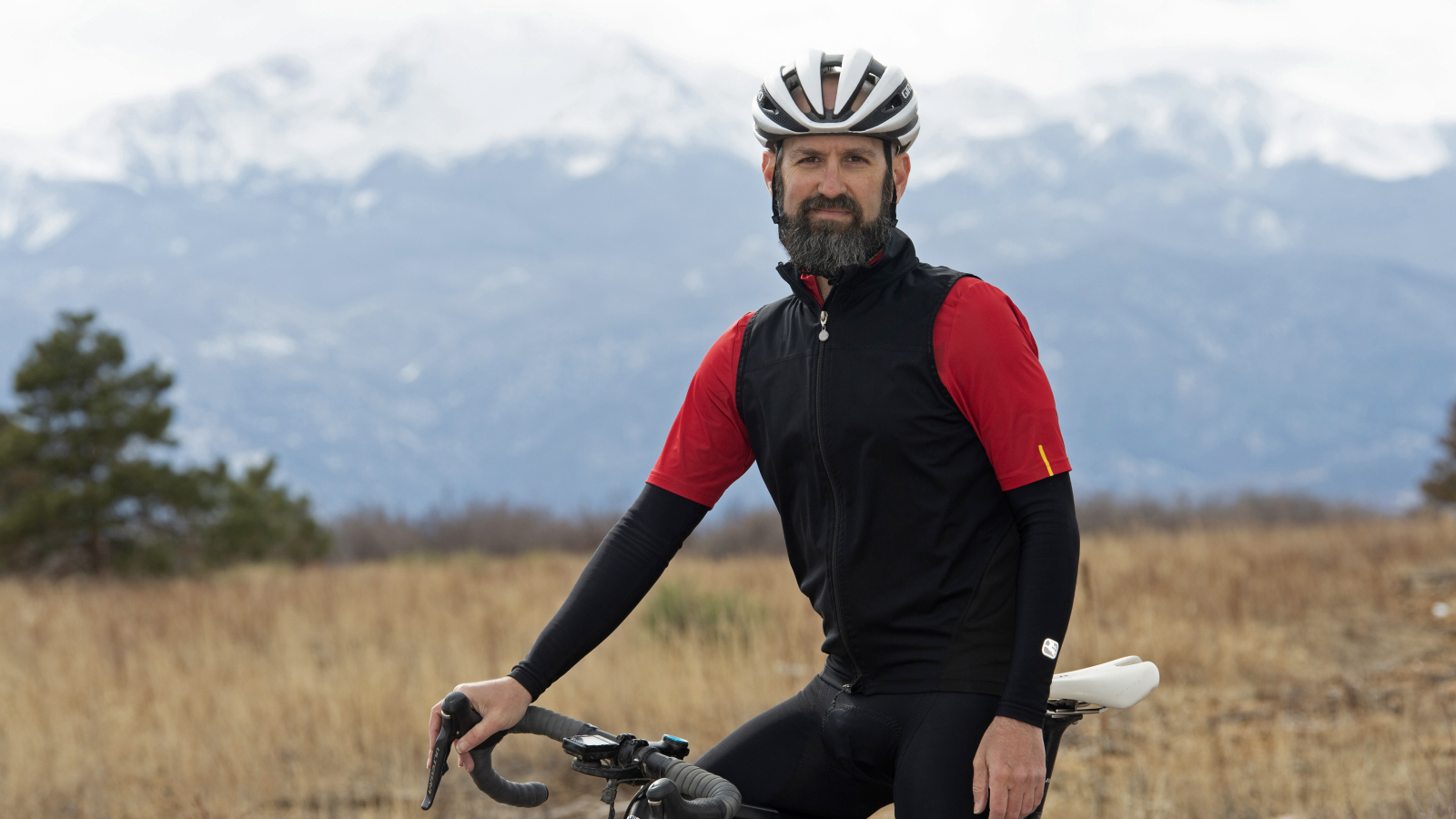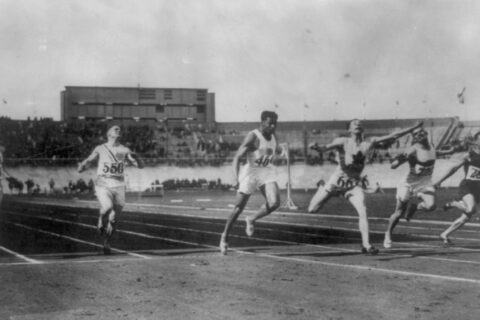Over his long tenure at CTS, Jim Rutberg has seen the coaching profession evolve amid an ever-growing industry. He identifies best practices for coaches, individually and collectively.
Over his long tenure at CTS, Jim Rutberg has seen the coaching profession evolve amid an ever-growing industry. He identifies best practices for coaches, individually and collectively.





